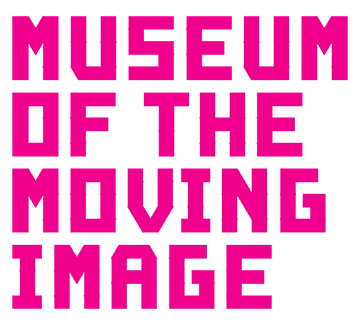EVENT
Opening reception for DVD Dead Drop
Ongoing
For this new commissioned work, artist Aram Bartholl (Berlin, b. 1972) has embedded an inconspicuous slot-loading DVD burner into the side of the Museum, available to the public 24 hours a day. Visitors who find the Dead Drop and insert a blank DVD-R will receive a digital art exhibition, a collection of media, or other featured content curated on a monthly cycle by Bartholl or selected artists. The inaugural show curated by Bartholl, HOT, presents video that is not video—software processes, system faults, code-generated vectors, manipulated computer games, and other works that achieve, analyze, reinterpret, and deconstruct motion outside of video.
DVD Dead Drop is a continuation of Bartholl’s series of offline file-sharing networks in public spaces. The original Dead Drops cemented unauthorized USB thumb drives into walls, buildings, and curbs, encouraging a “read-write” information ecosystem. Here the “read-only” DVD Dead Drop serves as an automated platform for dispensing digital culture to the public at any time, day or night.
HOT
A group show about video that is not video
Curated by Aram Bartholl
August 16–September 15, 2012
Participating artists:
0100101110101101.org (Eva & Franco Mattes), Constant Dullaart, Curating YouTube (Robert Sakrowski), Joel Holmberg, JODI, JK Keller, Olia Lialina, Jonas Lund, Rosa Menkman, Katja Novitskova, Niko Princen, Casey Reas, Evan Roth, Andrew Salomone, Borna Sammak, UBERMORGEN.COM
Curator’s Statement:
“If it had been possible to distribute video online from day one, there would be no Web as we know it today. Instead, during the long wait for shareable online video, artists developed a distinctive language that we still value today, applying clever montages, modular visuals constructed form reusable, repeatable elements, and minimal activity…”
—Olia Lialina (2010). “Early Experiments Online,” article published on ‘The Take,’ at Guggenheim.org
Technological developments over the last three decades have generated a vast range of production and distribution methods for the moving image that have significantly deconstructed the linearity of film and video. The rapidly changing landscape of the web, code, vectors, 2D, 3D, games, glitches, and GIFs has profoundly influenced the way we perceive video today. Works produced by these new processes and software tools often have very little in common with traditional video: some are closer to paintings, some loop in micro movies, and others exploit system faults. Many of these moving images are software processes that result in a wide range of visualizations, and a lot of them exist in single frames, code-generated vectors, manipulated computer games, or screencasts of operating systems.
The moving image has been hacked, transformed, and infiltrated from multiple directions and digital sources, but over the last ten years it also conquered the Internet. The show HOT represents a wide range of artistic positions analyzing, reinterpreting, and deconstructing the moving image. New and classic works from well-established digital artists will be served to a public hot on silver disc 24/7.
Made possible by the Harpo Foundation, with support from the Consulate General of the Federal Republic of Germany, New York.
Free admission.
Related
